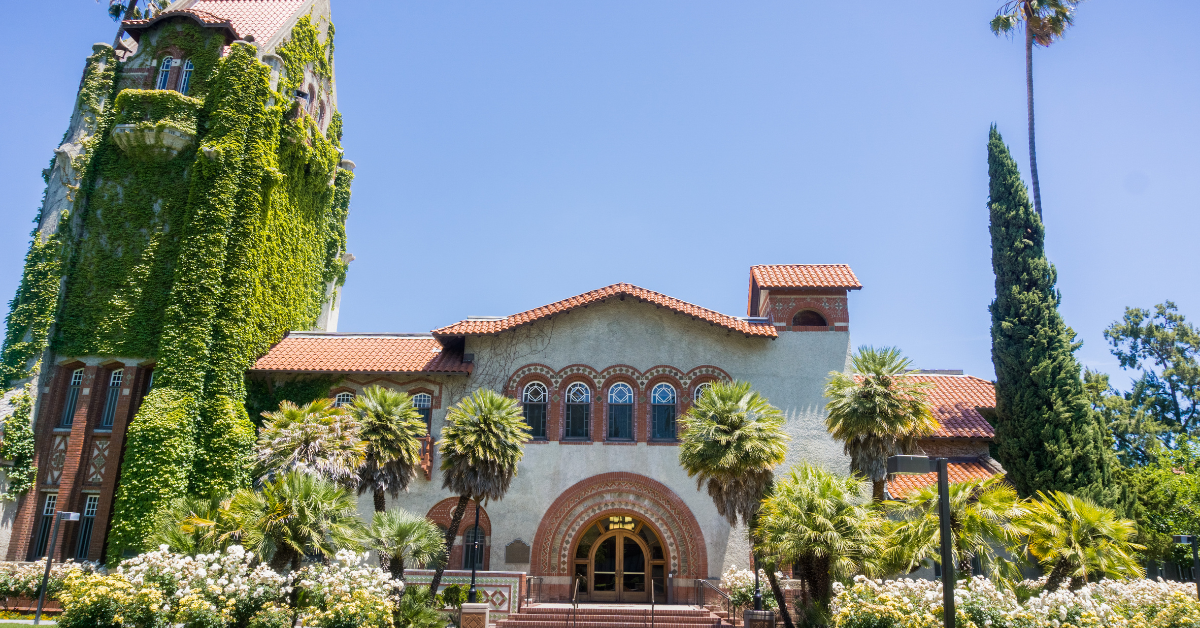San Jose, one of the major cities in California, is sometimes written in Japanese as “聖ホセ.” This expression is not a random choice but comes from the Spanish origin “San José,” which means “Saint Joseph.” Understanding this notation helps reveal both the city’s religious roots and cultural significance.
Origin of the Name San Jose
The name San Jose comes from the Spanish “San José.” “San” means “Saint,” and “José” refers to Saint Joseph, a highly venerated figure in Christianity. Thus, San Jose literally means “Saint Joseph.”
When Spaniards founded new towns, it was customary to name them after a patron saint. San Jose is one such example, chosen to honor Saint Joseph as the spiritual protector of the community.
| Element | Spanish | Japanese | Meaning |
|---|---|---|---|
| San | San | 聖 | Saint |
| José | José | ホセ | Joseph |
| San José | San Jose | 聖ホセ | Saint Joseph |
Why It Is Written as “聖ホセ” in Japanese
In Japanese notation, there is often a blend of phonetic transcription and semantic translation. “San” is translated as “聖” (Saint), while “José” is transcribed phonetically as “ホセ” (Jose). This creates a notation that conveys both meaning and pronunciation.
This makes the origin clearer than just writing “サンノゼ” (San Noze), which is only phonetic. Especially when emphasizing history or culture, “聖ホセ” better communicates the city’s religious origin.
| Notation | Reading | Background | Feature |
|---|---|---|---|
| サンノゼ | San Noze | Based on English pronunciation | Common modern form |
| サンホセ | San Hose | Based on Spanish pronunciation | Closer to original |
| 聖ホセ | Sei Hose | Uses Kanji to emphasize meaning | Highlights origin |
Differences in Pronunciation and Notation
The pronunciation of San Jose varies depending on language. In Spanish, “José” is pronounced “Jose (Ho-se),” while in English it may sound like “Josey” or “Jo-zeh.” This is why Japanese uses both “サンノゼ” (San Noze) and “サンホセ” (San Hose).
| Language | Writing | Pronunciation | Meaning |
|---|---|---|---|
| Spanish | San José | San Hose | Saint Joseph |
| English | San Jose | San Joze | Saint Joseph |
| Japanese (general) | サンノゼ | San Noze | Saint Joseph |
| Japanese (with Kanji) | 聖ホセ | Sei Hose | Saint Joseph |
Historical Background of the City
San Jose was founded in 1777 by Spanish settlers. Its original full name was “El Pueblo de San José de Guadalupe.” It was established as a city dedicated to Saint Joseph as its patron.
Like many California cities, San Jose transitioned from Spanish rule to Mexican rule, and finally to the United States. Today, it is widely known as the heart of Silicon Valley, but its name still carries its religious and historical roots.
Comparison with Other Cities
California has many other cities beginning with “San,” all derived from saints’ names.
| City | Origin | Meaning |
|---|---|---|
| San Francisco | San Francisco | Saint Francis |
| San Diego | San Diego | Saint Diego |
| San Rafael | San Rafael | Saint Raphael |
| San Jose | San José | Saint Joseph |
This shows how strongly Spanish colonial influence tied city names to Christian saints.
Cultural Significance of the Notation
The notation “聖ホセ” plays an important role in conveying both religious background and cultural value. For foreigners, knowing that “San Jose = Saint Joseph” makes it easier to understand. For Japanese readers, the use of Kanji clarifies the meaning beyond just sound.
It also highlights the flexibility of the Japanese language in adopting foreign names—not only phonetically but also semantically. This dual approach allows the name to be both recognizable and meaningful.
Conclusion
San Jose is written as “聖ホセ” because it reflects the Spanish origin. “San” means Saint, and “José” means Joseph. Japanese combines sound and meaning to create a more understandable notation.
The coexistence of “サンノゼ” (San Noze), “サンホセ” (San Hose), and “聖ホセ” (Sei Hose) comes from differences in pronunciation and cultural adaptation. By understanding the background, we can appreciate the city’s history and cultural depth.






